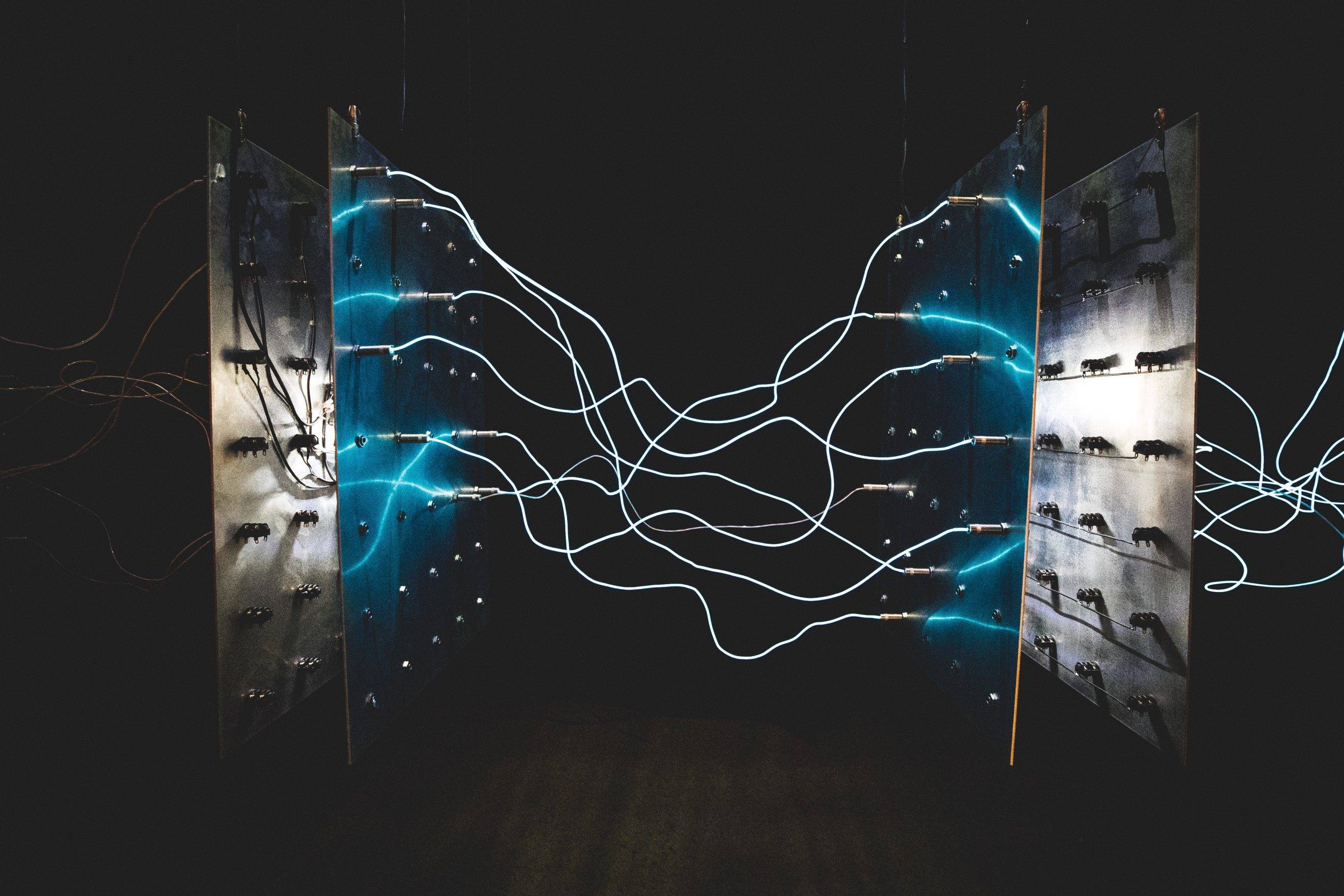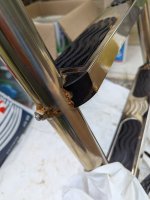Hi all
I have an above ground pool - 4m x 2m, wooden frame with metal braces. Covered by a polycarbonate polytunnel - i.e. rain and leaves kept out.
An electrician fitted outdoor sockets back to an RCD for the devices that are plug & play (filter pump, SWG) and hardwired the heat pump and the Aquajet (counter current system for swimming).
My problem is that my stainless steel (marine grade) has rusted. I'm being told (supplier/manufactures) that this is a combination of the SWG and a "stray voltage" and that I should do the following:
Earth the ladders at the very least
Earth the ladders and any other electrical equipment that’s within the plant room to a copper ground stake
+
"It’s no good connecting to the house earthing ring unless its in conjunction with a ground stake"
or
Consider fitting a sacrificial anode.
I've done some research and it seems there's a general recommendation (although it's debatable whether it's needed for an above ground pool) to BOND the pool too.
This hasn't been done and I'm not 100% sure it's necessary for an AGP / my scenario, nor how it relates to the above recommendations?!
So my question is: what do I do to resolve the rusting ladder situation, given:
Outdoor pools in the UK are a rarity and no local electrician seems to have a clue about any of these subjects
There are no local pool experts
Pool experts are extremely expensive here
I'm very low on funds!!
I believe I could source a "copper ground stake" myself and install in the ground, and connect the ladder to this.
Does that DO anything, or do I also need to connect to the "house earthing ring"?
The equipment in the plant room are surely already earthed - both the hard wired and plug and play; the UK uses a 3-pin system with an earth. But do I need to connect this copper stake to the earth (in which case I need an electrician) or is that just an added bonus; isn't the point of the stake to provide another earth?
My understanding is that if I just earthed the ladder (to the house wiring) that's not enough. Need to understand if the opposite is true (connect to ground stake only)?
Alternatively, I've looked into the sacrificial anode option. That also seems to have some very varying opinions on whether it works or not... seems the basic "put a zinc disk in the skimmer" option MAY work but the electric pipework based sacrificial anode is "better" - anyone have any real world experience of using this specifically to stop stainless steel rusting in a SWG based set up?
Oh, someone also mentioned chemistry levels: apparently SWG can make it tricky to keep PH and alkalinity down. I'm (just) about keeping on top of that; they said calcium can make this problem worse: my "hardness" looks ok though.
Many thanks
Ross

I have an above ground pool - 4m x 2m, wooden frame with metal braces. Covered by a polycarbonate polytunnel - i.e. rain and leaves kept out.
An electrician fitted outdoor sockets back to an RCD for the devices that are plug & play (filter pump, SWG) and hardwired the heat pump and the Aquajet (counter current system for swimming).
My problem is that my stainless steel (marine grade) has rusted. I'm being told (supplier/manufactures) that this is a combination of the SWG and a "stray voltage" and that I should do the following:
Earth the ladders at the very least
Earth the ladders and any other electrical equipment that’s within the plant room to a copper ground stake
+
"It’s no good connecting to the house earthing ring unless its in conjunction with a ground stake"
or
Consider fitting a sacrificial anode.
I've done some research and it seems there's a general recommendation (although it's debatable whether it's needed for an above ground pool) to BOND the pool too.
This hasn't been done and I'm not 100% sure it's necessary for an AGP / my scenario, nor how it relates to the above recommendations?!
So my question is: what do I do to resolve the rusting ladder situation, given:
Outdoor pools in the UK are a rarity and no local electrician seems to have a clue about any of these subjects
There are no local pool experts
Pool experts are extremely expensive here
I'm very low on funds!!
I believe I could source a "copper ground stake" myself and install in the ground, and connect the ladder to this.
Does that DO anything, or do I also need to connect to the "house earthing ring"?
The equipment in the plant room are surely already earthed - both the hard wired and plug and play; the UK uses a 3-pin system with an earth. But do I need to connect this copper stake to the earth (in which case I need an electrician) or is that just an added bonus; isn't the point of the stake to provide another earth?
My understanding is that if I just earthed the ladder (to the house wiring) that's not enough. Need to understand if the opposite is true (connect to ground stake only)?
Alternatively, I've looked into the sacrificial anode option. That also seems to have some very varying opinions on whether it works or not... seems the basic "put a zinc disk in the skimmer" option MAY work but the electric pipework based sacrificial anode is "better" - anyone have any real world experience of using this specifically to stop stainless steel rusting in a SWG based set up?
Oh, someone also mentioned chemistry levels: apparently SWG can make it tricky to keep PH and alkalinity down. I'm (just) about keeping on top of that; they said calcium can make this problem worse: my "hardness" looks ok though.
Many thanks
Ross










